With British Columbians going to the polls this week, a whole host of key issues are on the agenda. Among these issues stands the future of species at risk legislation in B.C. — and perhaps with it Canada as a whole.
Canada, with its vast area, is home to 18 terrestrial and 13 aquatic ecozones and a staggering 140,000 plant and animal species. However, Canada’s abundant biodiversity is under threat from ongoing human-caused extinctions.
As polar regions warm at an accelerated rate, Canada’s species face increased peril.
Canada’s current laws aren’t doing enough to protect species at risk, and the time for action to make new laws or strengthen the existing ones is now.
Read more:
B.C. election: Party proposals on climate action point in opposite directions
Gaps in existing law
Now, you may be wondering, “doesn’t Canada already have species at risk laws?”
The federal government enacted the Species at Risk Act (SARA) in 2002, however, its impacts have been far from perfect.
A major issue with SARA is that it does not apply everywhere. Canada’s legal system divides power between federal and provincial governments. Wildlife, including species at risk, are mostly the provinces’ responsibility. SARA only applies to aquatic species, migratory birds and species on federal land (like national parks).
Unfortunately, most animals are not adept at reading maps, and a SARA-protected species can lose its protection simply by crossing a jurisdictional boundary. SARA does include exceptions where the federal government can intervene if a province is not doing enough to protect a particular species. But in practice the provinces have mostly been left to their own devices.
(Chad Hipolito/The Canadian Press via AP)
These jurisdictional dynamics, characteristic of Canadian federal politics, have created variations in species protection efforts across the country.
Of Canada’s nine common law provinces (excluding Québec and the territories), five have designated species at risk laws. The other four — British Columbia, Alberta, Saskatchewan and Prince Edward Island — have only limited protections within other laws.
So, does it matter that only some provinces have species at risk legislation? To address this question, we compared the protections provisions of each province, and found that those with designated species at risk laws consistently provided much more robust protection frameworks than those that didn’t.
‘Endangered’ does not mean protected
Species protection efforts are marked by numerous momentous decision-points. Perhaps the most significant decision of all is whether to list a species as at risk.
Most Canadian jurisdictions use committees of experts — including Indigenous knowledge holders and conservation scientists — to evaluate the risk to a species. In some provinces, like Nova Scotia, this becomes the official species at risk list.
In others, including federally, the committee decision is only a recommendation and the relevant minister has final discretion on listing. Ministerial discretion has led to certain types of species — particularly ones whose harvest or habitats are economically important — to repeatedly not be listed.

THE CANADIAN PRESS/Jonathan Hayward
Discretion is not limited to listing decisions. In jurisdictions with species at risk laws, discretion allows governments to not enforce protections that interfere with other priorities. For example, a provincial government deeply invested in forestry could use ministerial discretion to de-emphasize protections for old growth forests, despite providing critical habitats for species at risk.
Where species at risk laws are insufficient, leaving room for discretion only weakens already limp protections. The only way to improve conditions for species at risk is to support governments that promise to prioritize the environment, and continually hold them to those promises.
Promises without progress
B.C. has over 2,000 plants, animals and habitats listed at risk. This is eight times more than Ontario, which has the second most listed species at risk with just over 250. Despite this, B.C. has some of the least complete legal protections, barely edging out Alberta to not come last in our scoring comparison. The province also has a history of promising species at risk law reform with no concrete action.
B.C. clearly illustrates how promises do not always lead to results.
In 2017, the B.C. NDP formed the province’s government under an agreement with the B.C. Green Party to prioritize environmental issues — including protecting species at risk. The 2017 mandate letter charged George Heyman, the Minister of Environment, to develop species at risk legislation.

THE CANADIAN PRESS/Jeff McIntosh
After 2020’s mid-coronavirus snap election, the B.C. NDP gained a majority government without needing support from the B.C. Green Party. Consequently, 2020’s mandate letter showed weakening environmental priorities. The letter signalled a move away from species at risk legislation and instead directed the minister with “continuing to work with partners to protect species at risk”.
Perhaps realizing this language could not be further softened, new premier David Eby made no mention of species at risk or wildlife in the 2022 mandate letter.
Nonetheless, species at risk protections are back on the political agenda in the ongoing election, with both the B.C. NDP and B.C. Conservative parties promising “made-in-B.C.” and “science-based” biodiversity initiatives and species at risk legislation.
However, the result of the election will have a significant impact on the strength of any new laws, as the NDP’s platform focuses on overall biodiversity and increasing protection to critical habitats such as old-growth forests, while the Conservative’s seems mostly aimed at working with hunters to increase ungulate populations to allow larger hunting quotas.
Uncertain future
In recent legislative debates, B.C.’s ministers responsible for species at risk (and their habitats) have explained delays in making a species at risk law by increasingly emphasizing that they are taking the time to include Indigenous perspectives.
While it is positive that legislators are acknowledging the necessity of collaborating with Indigenous Nations on environmental laws, it is hard not to read repeated references to the length of consultation as deflecting responsibility for government inaction onto Indigenous communities.
Elections are impending across the country and environmental interests are back in the conversation. However, any progress could easily be lost if new governments are not committed to support environmental interests, both during and after the election cycle.
It is vital to support political parties with an environmental platform aimed at protecting biodiversity. Canada’s species at risk need voters to keep them in mind at the ballot boxes.
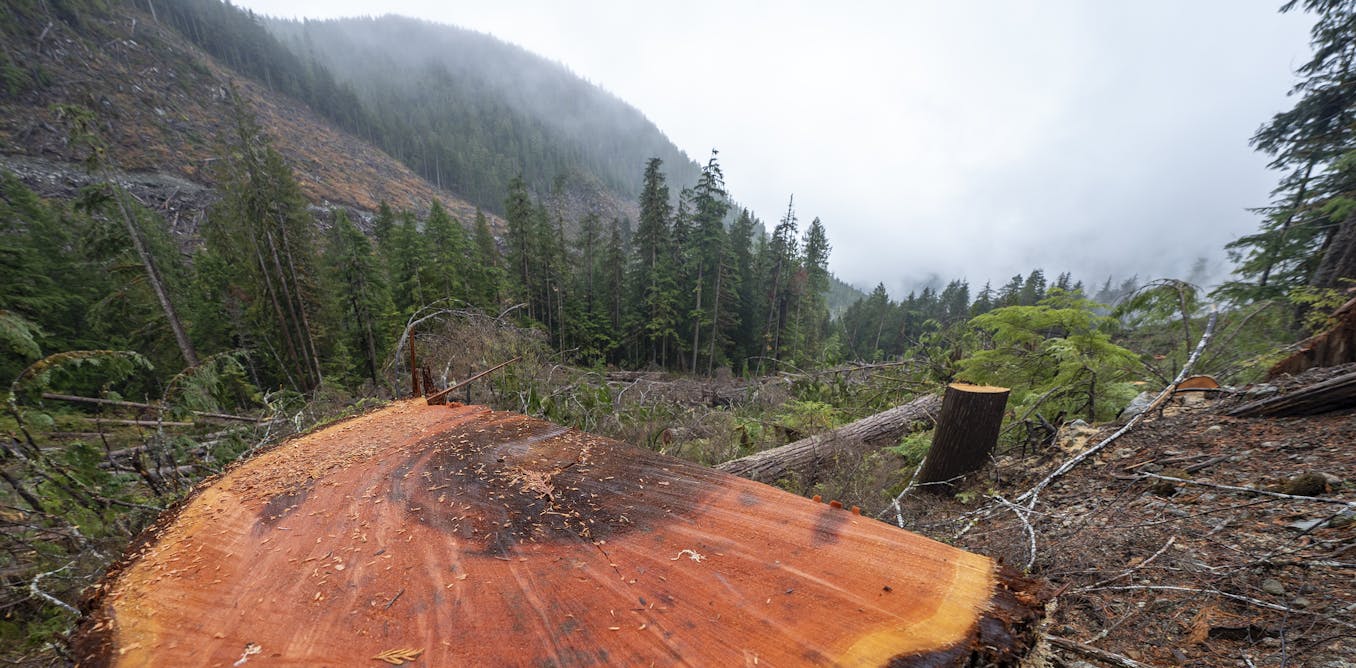
The post “The B.C. election could decide the future of the province’s species at risk laws” by Courtney W. Mason, Professor and Canada Research Chair, Rural Livelihoods and Sustainable Communities, Thompson Rivers University was published on 10/17/2024 by theconversation.com








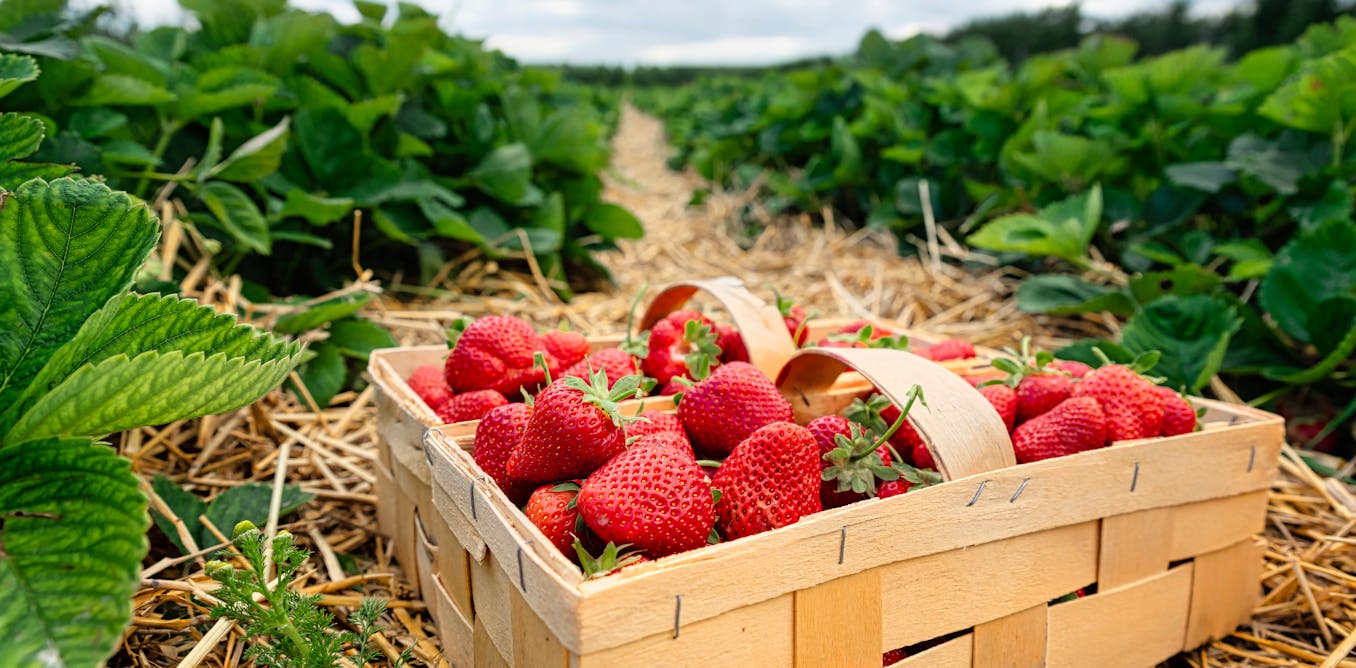



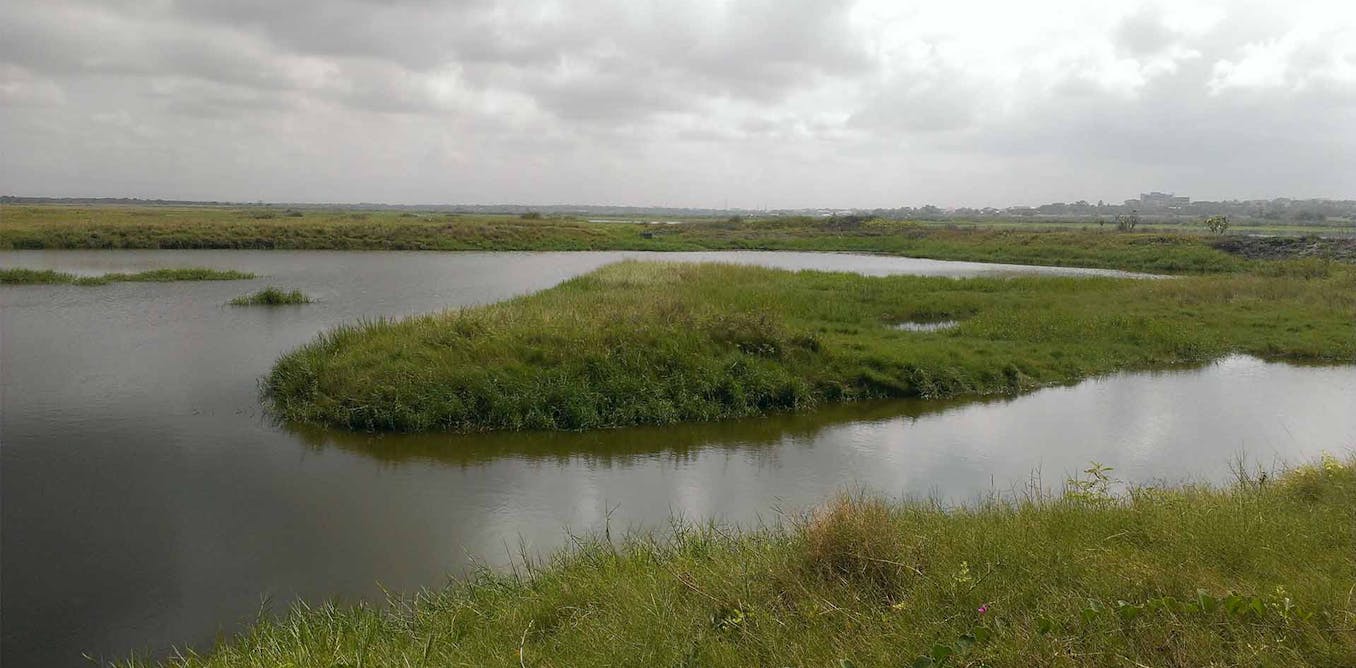
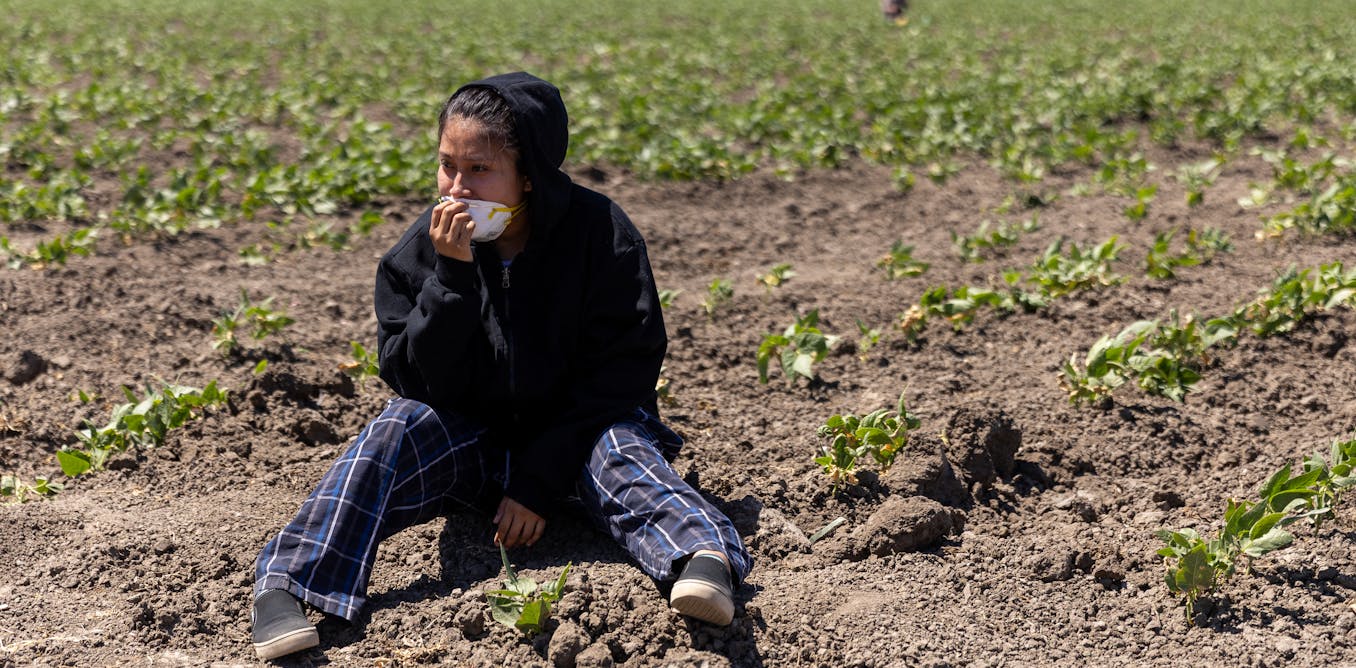















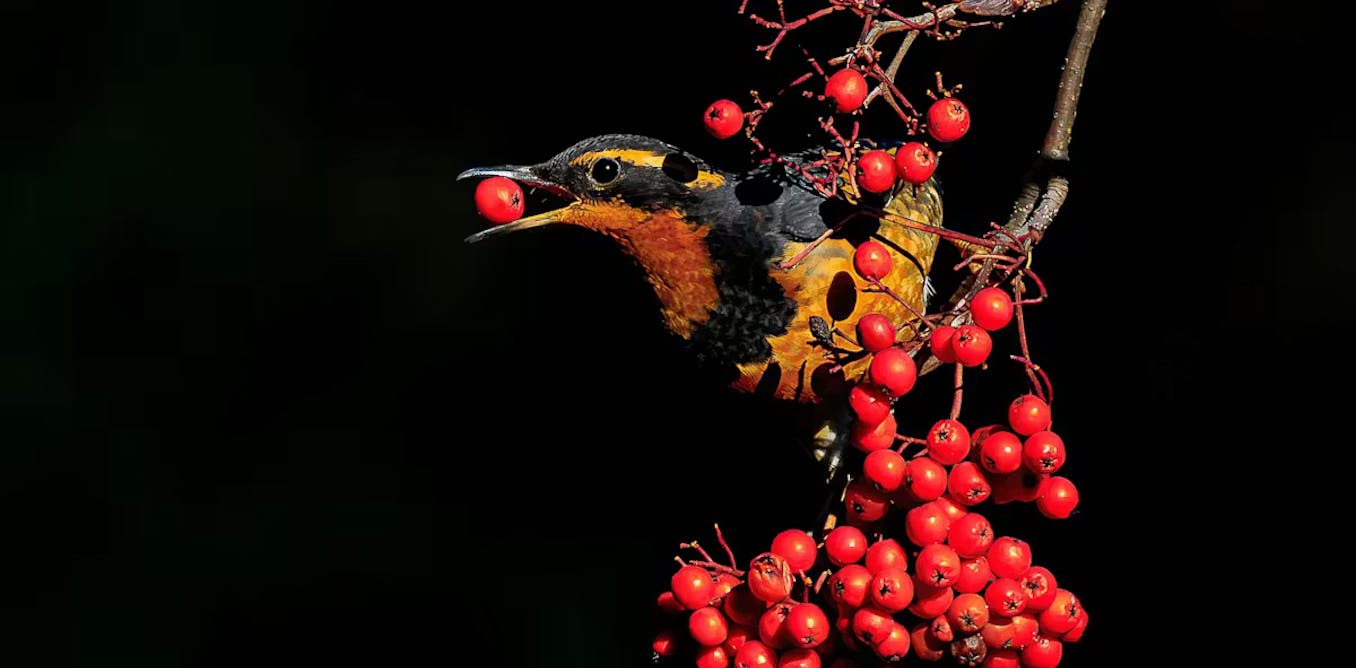



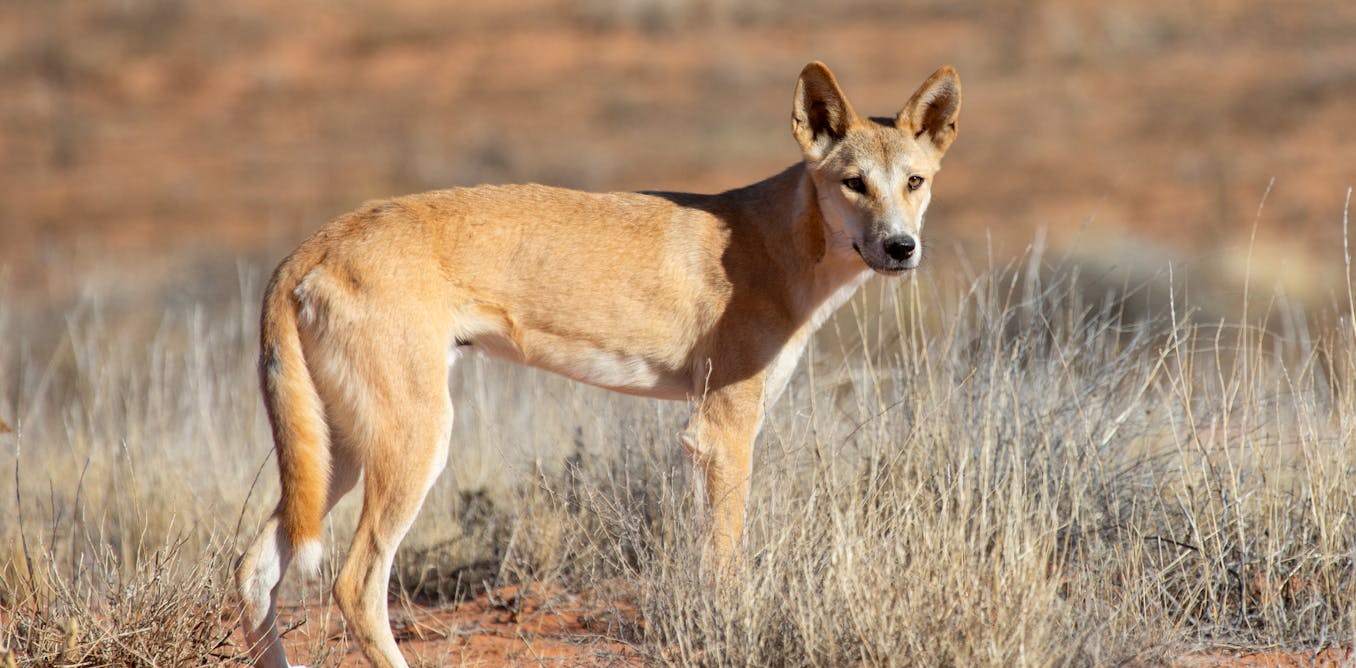
Leave a Reply